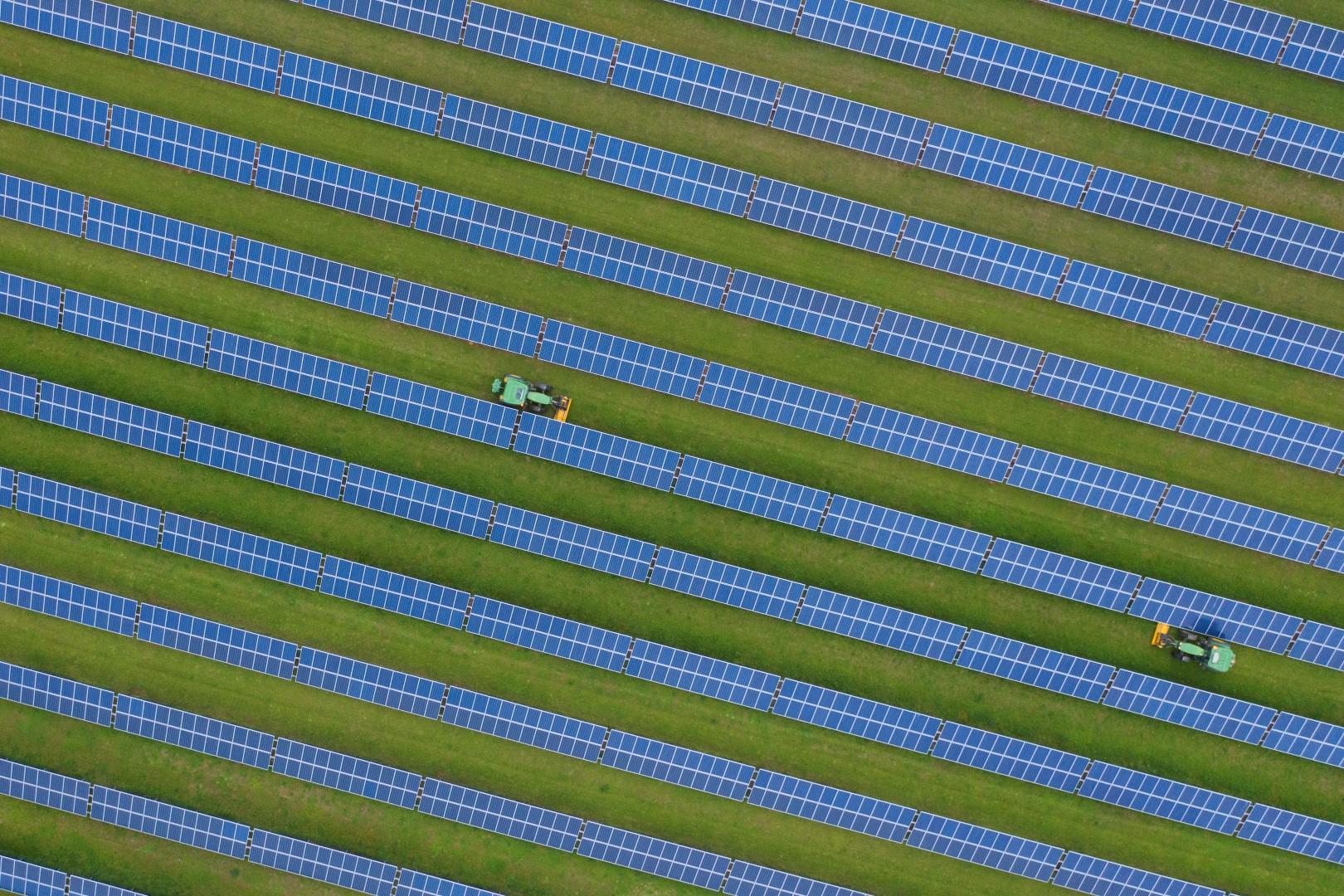Solar installation smashes global record for the tenth year in a row
Solar is well and truly on the rise. 239GW of new solar power was installed across the world in 2022, smashing the annual record for the tenth year in a row, according to a report from SolarPower Europe.
To put this into perspective, that’s enough to power more than 170 million US homes.
It also represents a massive 45 percent increase from 2021, and we’re expecting to see a similar growth this year. On this current path, solar is expected to overtake coal to become the world’s biggest source of energy by 2027.
But there are still some significant challenges standing in the way of this bright future.
Can national grids cope with this meteoric rise? What emerging storage technologies can be fast-tracked to take pressure off our grids? What can be done to ramp up solar power in the Global South? These are among the question marks that still remain.
Bright prospects
Solar energy now offers the cheapest electricity the world has ever seen. This is a huge milestone for the industry, and one that underpins the rapid growth seen over the past several years.
According to the SolarPower Europe report, solar has overcome “the so-called energy trilemma of sustainability, affordability, and security of supply” to become commercially viable.
That has triggered a surge in investment flowing towards solar projects, expected to reach around $380 billion in 2023. Crucially, this is higher than the predicted investment in oil production – around $370 billion – for the first time.
Solar energy isn’t just outstripping fossil fuels, but also other forms of renewable energy. It attracts 43 percent of global investments in the sector (as of 2020), 8 percentage points higher than offshore wind. Of all renewable capacity installed in 2022, two-thirds came from solar PV.
This investment has helped drive a range of new innovations and practices in the field, helping to broaden the appeal of solar energy across the world. At Lightsource bp, for example, we’ve been pioneering ‘agrivoltaics’ plants that enable farmers to generate solar power, raise livestock and support biodiversity on one plot of land.
With these promising conditions in place, solar will account for 60 percent of all power installations built in the next five years.
But, while these numbers are a cause for encouragement, they do not tell the entire story.
Challenges ahead
Despite its rapid growth, solar makes up just 3.6 percent of the global electricity generation matrix. The vast majority of that comes from Europe, North America and China, which alone accounted for 38 percent of the worldwide solar PV generation growth in 2021.
If the world is to divest from fossil fuels and grow the solar market at the speed required to avert the climate crisis, there are several major barriers it must overcome.
Technologies to generate solar power are well developed but our grid systems are not. Electricity networks are often not equipped for the variable transmission rates from renewable energy sources. They are also designed to transmit electricity from a relatively small number of power stations rather than a large number of geographically diffuse generators.
That means lengthy waiting times for solar projects looking to connect to the grid, putting off many solar projects from getting started in the first place.
Policy and regulatory hurdles are another inhibiting factor. In many countries, solar projects have to go through long and complex permitting processes. Others rely on bidding processes to hand out contracts, which puts off smaller generators.
Solar projects also remain concentrated in a relatively small number of wealthier nations. Spreading solar energy across the developing world is crucial to decarbonize the energy system, and that process needs the support of private finance. However, in the face of huge upfront set-up costs, underdeveloped infrastructure and economic instability, many countries are deemed too risky by investors.
What next?
Progress is being made across the world to address these issues and we at Lightsource bp are at the forefront of it.
We’re investing around the world, including in growing markets like Poland, Taiwan and Brazil.
We’re also expanding battery storage capacity to store excess electricity from our solar farms in moments of surplus and put back into the grid in times of high demand, helping take some of the pressure off the grid.
Want to create a more sustainable future? Visit our careers page.
Latest news
30 Jun, 2025
A solar-powered UK: Roadmap outlines path to 2030 objective
In excellent news for the UK solar industry, the Government has published the Solar RoadMap for a 'United Kingdom powered by Solar'.
26 Jun, 2025
SolarPower Europe launches Global Market Outlook for Solar Power 2025-2029
Read our summary of SolarPower Europe’s Global Market Outlook for Solar Power 2025-2029.
05 Jun, 2025
PPAs: a key lever for the energy transition in Europe
Watch our webinar to learn about how sustainable PPAs are emerging as a key commercial solution for corporate buyers.




